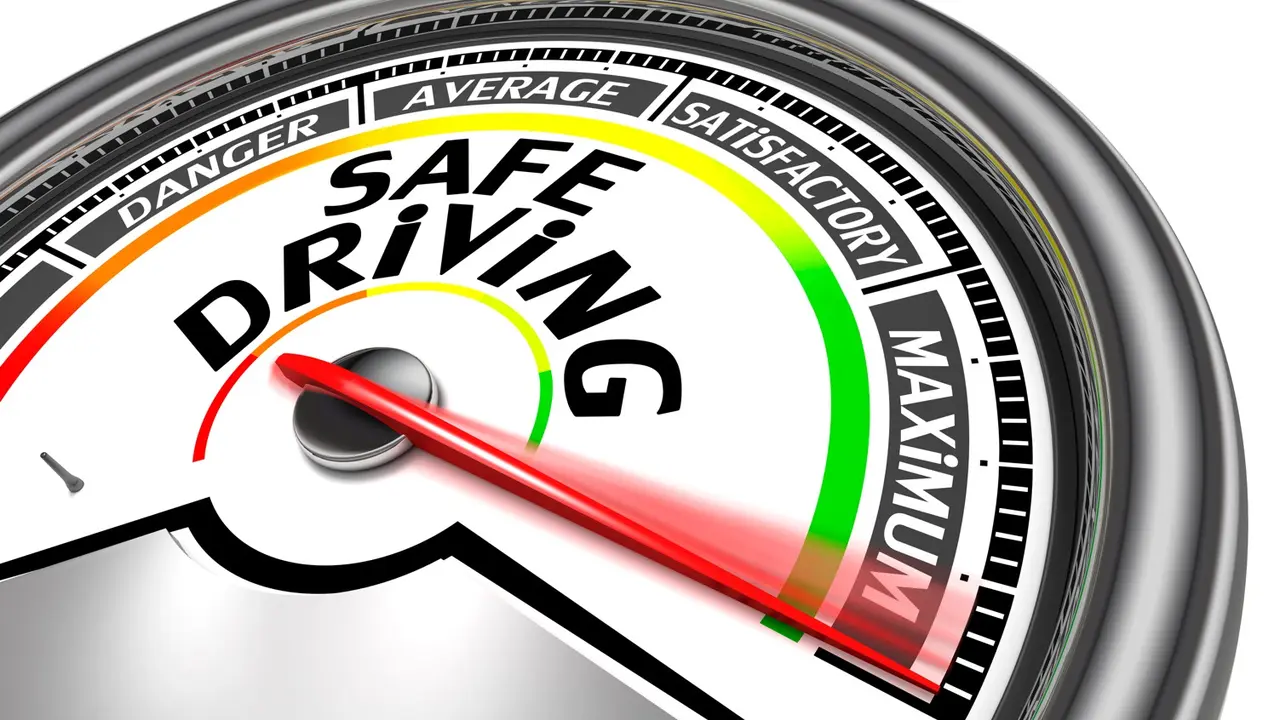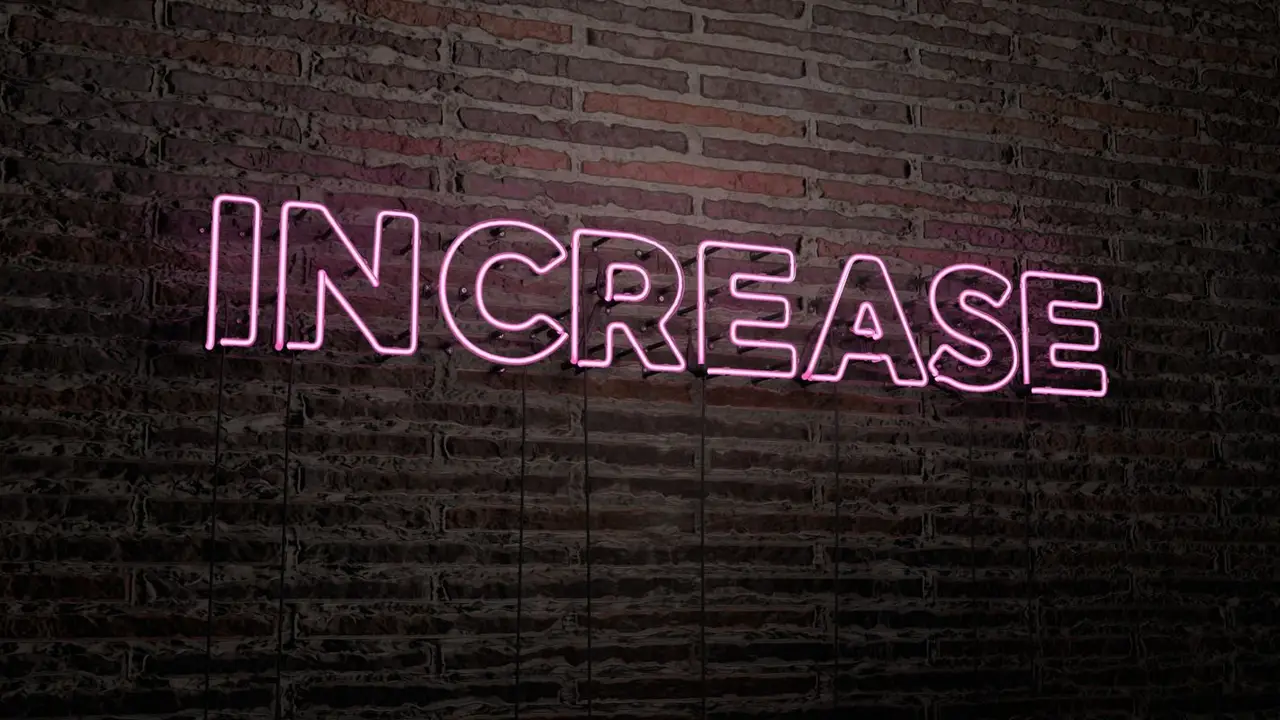Safe Driver Programs: Earning Discounts Through Good Driving Habits

Understanding Safe Driver Programs and Insurance Discounts
Hey there! So, you're looking to save some money on your car insurance, right? Well, one of the best ways to do that is by taking advantage of safe driver programs. These programs reward you for being a responsible driver, and who doesn't want to be rewarded for something they should be doing anyway? Basically, insurance companies want to incentivize good driving habits because it lowers their risk of having to pay out claims. Fewer accidents mean more money in their pockets, and that translates into discounts for you. It's a win-win! Think of it as getting a gold star for not causing fender-benders. These programs come in all shapes and sizes, and understanding them is the first step to saving some serious cash.
How Safe Driver Programs Work Tracking Technology and Data Collection
Okay, so how do these programs actually work? Most of them involve some kind of tracking technology. Don't freak out – it's not as Big Brother-ish as it sounds! Typically, it's an app on your phone or a small device that plugs into your car. This device or app monitors your driving habits, things like:
- Speed: Are you a lead foot or a cautious cruiser?
- Hard Braking: Do you slam on the brakes frequently?
- Acceleration: Are you constantly gunning it from stoplights?
- Time of Day: Do you do most of your driving during risky hours (like late at night)?
- Mileage: How much are you actually driving?
- Phone Usage: Are you texting and driving? (Big no-no!)
The data collected is then sent to the insurance company, who analyzes it to determine your driving score. A higher score usually means a bigger discount. It's important to understand what data is being collected and how it's being used. Most companies have clear privacy policies, so be sure to read them carefully before enrolling. You want to make sure you're comfortable with the level of tracking involved.
Types of Safe Driver Programs Exploring Usage-Based Insurance UBI and Telematics
There are a couple of main types of safe driver programs. The most common are:
- Usage-Based Insurance (UBI): This is the umbrella term for programs that use telematics (that tracking technology we talked about) to assess your driving habits. Your premium is directly tied to how you drive.
- Telematics Programs: These are the specific technologies used to collect the driving data. They can range from simple smartphone apps to more sophisticated in-car devices.
- Discount for Defensive Driving Courses: Some insurance companies offer discounts if you complete a certified defensive driving course. This is a great option if you're not comfortable with tracking technology.
- Good Student Discounts: If you're a student with good grades, you might be eligible for a discount. This is because studies show that students with good grades tend to be more responsible drivers.
Each type has its pros and cons. UBI and telematics offer the potential for the biggest savings, but they also require you to be constantly monitored. Defensive driving courses are a one-time effort, but the discount might not be as significant. Good student discounts are easy to get, but they're only available to students.
Choosing the Right Safe Driver Program Evaluating Your Driving Habits and Potential Savings
So, how do you choose the right program for you? First, be honest with yourself about your driving habits. If you know you tend to speed or brake hard, a UBI program might not be the best fit. On the other hand, if you're a consistently safe driver, you could potentially save a lot of money.
Consider these factors:
- Potential Savings: How much can you realistically save with the program?
- Tracking Requirements: Are you comfortable with the level of tracking involved?
- Privacy Policies: What data is being collected, and how is it being used?
- Program Length: How long does the program last?
- Ease of Use: How easy is it to install and use the tracking device or app?
Compare different programs from different insurance companies. Don't just go with the first one you find. Shop around and see which one offers the best combination of potential savings and acceptable tracking requirements.
Recommended Safe Driver Program Products Apps Devices and Their Features
Alright, let's talk about some specific products you can check out. Remember, availability and specific features can vary depending on your insurance company and location, so always confirm the details with your provider.
Progressive Snapshot Safe Driving App
Description: This is one of the most well-known UBI programs. It uses a smartphone app to track your driving habits. You can typically get an initial discount just for signing up, and then your final premium is adjusted based on your driving performance during the program period (usually six months).
Usage Scenario: Great for drivers who want to potentially save a significant amount on their insurance and are comfortable with their driving being monitored.
Pros: Potential for high savings, easy to use app, clear feedback on driving habits.
Cons: Can increase your premium if you have poor driving habits, requires constant smartphone usage while driving (which can drain your battery).
Pricing: Usually free to enroll, but your insurance premium will be adjusted based on your driving score.
State Farm Drive Safe & Save Program
Description: State Farm offers a similar UBI program that tracks your driving habits using either a smartphone app or a small device plugged into your car's OBD-II port. They focus on safe speeds, smooth braking, and avoiding distracted driving.
Usage Scenario: Ideal for drivers who already have State Farm insurance and want to potentially lower their premium.
Pros: Potential for savings, choice of tracking method (app or device), may offer additional rewards beyond discounts.
Cons: Requires consistent tracking, potential for premium increase if driving habits are poor.
Pricing: Free to enroll, but your insurance premium will be adjusted based on your driving score.
Allstate Drivewise Program
Description: Allstate's Drivewise program tracks your driving habits through a smartphone app. It focuses on things like hard braking, speeding, and time of day driving. They also offer safe driving challenges and rewards for good driving.
Usage Scenario: Good for drivers who are motivated by gamification and want a more engaging experience with their safe driving program.
Pros: Potential for savings, gamified experience, rewards for safe driving, detailed feedback on driving habits.
Cons: Requires constant smartphone usage, potential for premium increase if driving habits are poor.
Pricing: Free to enroll, but your insurance premium will be adjusted based on your driving score. They may also offer points that can be redeemed for gift cards.
Automatic Pro Car Adapter
Description: While not directly a safe driver program offered by an insurance company, the Automatic Pro car adapter plugs into your car's OBD-II port and provides detailed driving data, including trip tracking, engine diagnostics, and crash alerts. You can then share this data with some insurance companies for potential discounts.
Usage Scenario: Useful for drivers who want more detailed information about their car's performance and driving habits, even beyond insurance discounts. Also good for those who want to track multiple vehicles.
Pros: Detailed driving data, engine diagnostics, crash alerts, can be used with multiple vehicles.
Cons: Requires a one-time purchase of the adapter, may not be compatible with all vehicles, requires setting up integration with your insurance company.
Pricing: Around $129.95 for the adapter.
Comparing Safe Driver Program Products Factors to Consider Before Choosing
Okay, so you've seen a few options. How do you decide which one is right for you? Here's a quick comparison chart:
| Feature | Progressive Snapshot | State Farm Drive Safe & Save | Allstate Drivewise | Automatic Pro |
|---|---|---|---|---|
| Tracking Method | Smartphone App | Smartphone App or Device | Smartphone App | OBD-II Adapter |
| Potential Savings | High | High | High | Varies (depends on insurance company) |
| Gamification | No | No | Yes | No |
| Engine Diagnostics | No | No | No | Yes |
| Crash Alerts | No | No | No | Yes |
| Cost | Free Enrollment (premium adjusted) | Free Enrollment (premium adjusted) | Free Enrollment (premium adjusted) | $129.95 (Adapter) |
Remember to consider:
- Your Driving Style: Are you a consistently safe driver?
- Your Comfort Level with Tracking: How much data are you willing to share?
- Your Budget: Are you willing to pay for a separate device like the Automatic Pro?
- Your Insurance Provider: Which programs are offered by your current insurance company?
Maximizing Your Savings Tips for Safe Driving and Program Participation
Alright, you've chosen a program. Now, how do you make the most of it and maximize your savings? Here are a few tips:
- Drive Defensively: This is the most important thing! Pay attention to your surroundings, anticipate potential hazards, and avoid aggressive driving.
- Avoid Hard Braking and Acceleration: Smooth and gradual movements are key.
- Obey Speed Limits: This one's a no-brainer.
- Minimize Distractions: Put your phone away while driving! Use hands-free devices if you need to make calls.
- Drive During Safe Hours: Avoid driving late at night or during peak traffic hours if possible.
- Maintain Your Vehicle: Regular maintenance can help prevent accidents.
- Review Your Driving Data Regularly: Most programs provide feedback on your driving habits. Use this information to identify areas where you can improve.
By following these tips, you can not only save money on your car insurance but also become a safer and more responsible driver.
Privacy Concerns and Data Security Understanding the Risks and Safeguards
Let's be real, sharing your driving data can feel a little creepy. It's important to understand the potential privacy risks and what safeguards are in place. Most reputable insurance companies have strict privacy policies that outline how your data is collected, used, and protected. They typically use encryption to secure your data and promise not to share it with third parties without your consent.
However, it's still important to be aware of the potential risks. Some companies may use your data for marketing purposes, such as sending you targeted ads. Others may share your data with affiliated companies. Before enrolling in a program, carefully read the privacy policy and make sure you're comfortable with the terms.
Here are a few questions to ask:
- What data is being collected?
- How is the data being used?
- Who is the data being shared with?
- How is the data being protected?
- How long is the data being stored?
If you're not comfortable with the privacy policy, consider choosing a different program or opting out of data collection altogether.
Beyond Discounts Other Benefits of Safe Driver Programs
While saving money is the main draw, safe driver programs offer other benefits as well. They can help you become a more aware and responsible driver, reduce your risk of accidents, and even improve your fuel efficiency. By tracking your driving habits, you can identify areas where you can improve and make positive changes.
For example, you might realize that you're frequently speeding or braking hard. By becoming more conscious of these habits, you can start to correct them and become a safer driver. You might also discover that you're wasting gas by accelerating too quickly. By driving more smoothly, you can improve your fuel efficiency and save money at the pump.
Ultimately, safe driver programs are about more than just saving money. They're about promoting safe driving habits and making our roads safer for everyone.
The Future of Safe Driver Programs AI Machine Learning and Personalized Insurance
The future of safe driver programs is looking pretty exciting. With advancements in AI and machine learning, these programs are becoming more sophisticated and personalized. In the future, we can expect to see:
- More Accurate Risk Assessments: AI can analyze driving data more effectively than traditional methods, leading to more accurate risk assessments and more personalized insurance rates.
- Real-Time Feedback and Coaching: Imagine getting real-time feedback while you're driving, alerting you to potential hazards or suggesting ways to improve your driving habits.
- Predictive Analytics: AI can predict your risk of having an accident based on your driving habits and other factors, allowing insurance companies to proactively offer safety tips and resources.
- Autonomous Vehicle Integration: As self-driving cars become more common, safe driver programs will need to adapt to this new technology. They might focus on monitoring how drivers interact with autonomous systems or tracking the performance of the vehicles themselves.
The possibilities are endless. As technology continues to evolve, safe driver programs will become even more effective at promoting safe driving and saving lives.
:max_bytes(150000):strip_icc()/277019-baked-pork-chops-with-cream-of-mushroom-soup-DDMFS-beauty-4x3-BG-7505-5762b731cf30447d9cbbbbbf387beafa.jpg)






